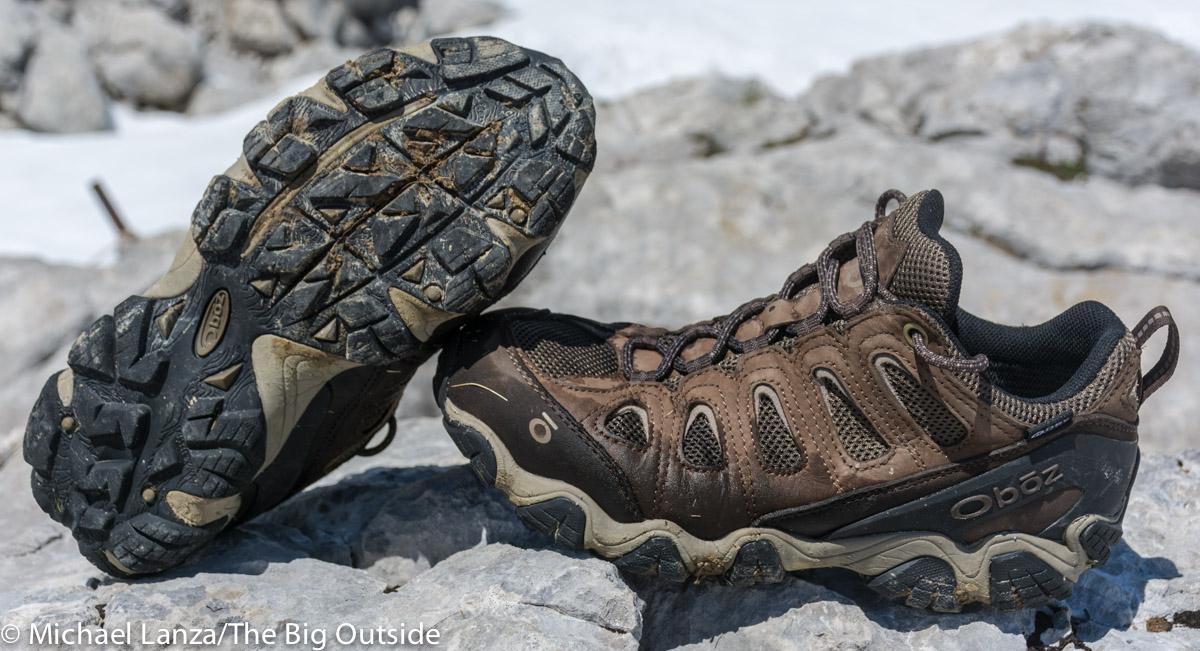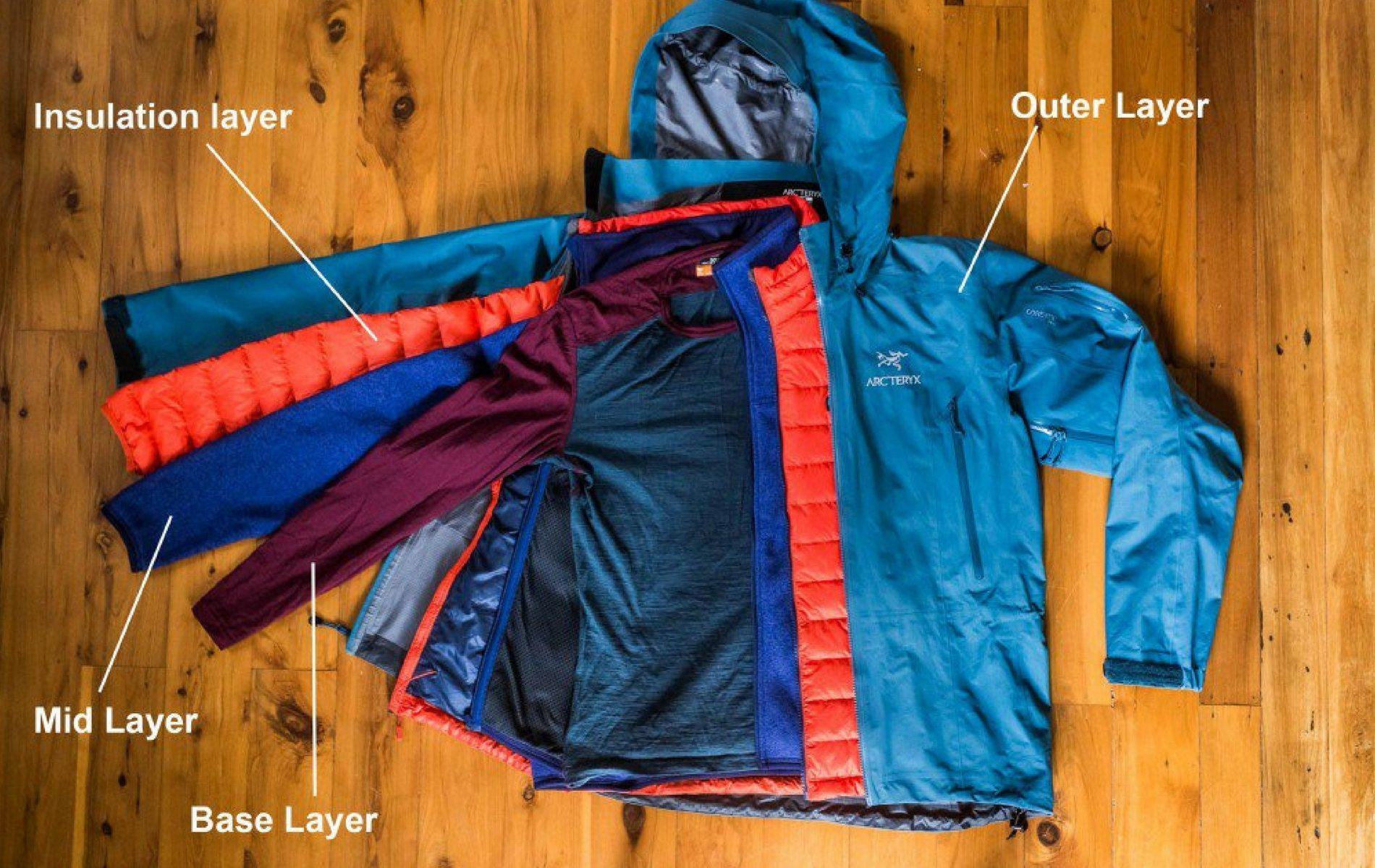In a digital landscape were consumer choices are as fleeting as a passing cloud, travel platforms are continually seeking ways to optimize their conversion rates. One notable strategy is the use of cookie windows—those magical timeframes during which a user’s online behavior is tracked and leveraged to encourage purchases. Expedia, a titan in the online travel industry, operates under the banner of a 7-day cookie window, prompting a pivotal question: is this span sufficient to seal the deal on high-value travel purchases? As we navigate through the intricacies of consumer behavior and the psychology of decision-making, we’ll explore the effectiveness of this approach and investigate whether a week is truly enough time for travelers to commit to their next grand adventure.Join us as we delve into the nuances of digital marketing, consumer intent, and the art of turning browsers into buyers in the competitive realm of travel.
Understanding the 7-Day Cookie Window and Its Impact on Travel Purchases
When making significant travel purchases, potential customers often engage in a lengthy decision-making process. This deliberation can involve comparing options, assessing budget constraints, and consulting with travel companions. In a landscape where choices abound, the 7-day cookie window set by Expedia serves as a crucial timeframe that may either facilitate or hinder the conversion of high-value bookings. During this period, customer interactions with the website can be tracked, enabling the company to tailor follow-up marketing strategies. Though, with travel decision cycles frequently exceeding one week, this cookie duration may result in missed opportunities for timely engagement with potential clients.
The effectiveness of this timeframe can be described through various factors that influence consumer behavior in the travel industry. These might include:
- Price Sensitivity: Shifts in pricing or special offers can alter purchasing motivations.
- External Influences: Recommendations from friends or family may play a pivotal role in final decisions.
- Travel planning Dynamics: Unexpected events or changes in personal circumstances can impact buying urgency.
With these dynamics in mind, brands may need to reconsider their digital marketing strategies to extend engagement beyond the cookie window. An analysis of consumer behavior alongside cookie data could help to enhance personalized outreach, ensuring that potential customers feel valued and compelling them to complete their travel arrangements even after the cookie has expired.

Evaluating Customer Behavior: Do Shorter Cookies Meet Consumer Needs?
In an increasingly competitive travel market, understanding consumer behavior is crucial for businesses looking to optimize their conversion rates. The implementation of a 7-day cookie window by Expedia raises significant questions about its effectiveness in catering to high-value travel purchases. Research indicates that consumers’ decision-making processes can vary dramatically, often influenced by factors such as personal urgency, seasonal demand, and emotional attachments to destinations. By narrowing the tracking period, Expedia must navigate the precarious balance between respecting consumer preferences and maximizing conversion opportunities. Key considerations include:
- Consumer Intent: Are customers actively planning their trips or casually browsing?
- Purchase cycle: How long does it typically take for travelers to decide on big-ticket purchases like vacations?
- Follow-up Engagement: Will additional marketing efforts be deployed within that one-week window to capture interest?
Moreover, data analytics will play a pivotal role in assessing whether this cookie strategy is indeed effective or if it hampers potential conversions. Companies must evaluate the conversion rates within the established cookie window and compare them to pre-existing benchmarks. It would be prudent to add time-sensitive promotions that align with the 7-day limit, providing potential customers with compelling reasons to finalize their bookings quickly. Analyzing metrics, such as:
| Metrics | Pre-cookie Window | Post-cookie Window |
|---|---|---|
| Conversion Rate (%) | 5.2 | 6.1 |
| Average Booking Time (days) | 8 | 7 |
| Customer Engagement Score | 75 | 82 |
Understanding these metrics will assist Expedia in determining whether their cookie policy aligns with consumer behavior trends and ultimately enhances their ability to convert travelers into satisfied customers.

Strategies for Maximizing Conversion Rates Within the Time Constraints
To effectively navigate the challenges presented by a short cookie window, businesses must employ targeted strategies that cater to their audience’s decision-making processes. One effective approach is to leverage urgency and scarcity. Highlighting limited-time offers or exclusive discounts can motivate potential customers to act swiftly before the prospect fades. Additionally, optimizing retargeting efforts through engaging ad placements across various platforms can keep your brand top-of-mind, encouraging users to return and complete their purchases.
Another key strategy involves enhancing the user experience during the critical decision-making period. Streamlining the booking process on your platform will reduce friction and increase the likelihood of conversion. This includes offering pre-filled details for returning users and ensuring mobile-friendly designs for on-the-go engagements. Moreover, integrating personalized recommendations based on user behavior can significantly uplift engagement rates.Utilizing data analytics to anticipate user preferences can facilitate tailored marketing messages that resonate well with potential travelers.

Exploring Alternatives: Enhancing the Customer Journey Beyond the Cookie Window
As travel companies grapple with increasingly complex customer behaviors and privacy regulations, it’s essential to look beyond customary tracking methods like cookies.Instead of solely relying on a limited seven-day cookie window, businesses can explore a combination of innovative strategies that foster a more holistic approach to customer engagement. These alternatives include:
- Frist-Party Data utilization: Building trusted relationships with customers to gather and leverage extensive data insights directly from their interactions.
- Contextual Targeting: Focusing on the content and context of users’ current activity, allowing advertisers to serve relevant ads without relying on cookies.
- Enhanced Customer experiences: Creating personalized journeys through improved user interfaces and tailored communications that nurture leads over longer periods.
To illustrate the importance of extending engagement beyond initial interactions, let’s analyze how various touchpoints contribute to conversion rates in travel purchases. Here’s a simplified comparison of consumer touchpoints and their effectiveness:
| Touchpoint | Engagement Level | Conversion Potential |
|---|---|---|
| email Marketing | High | 30% |
| Social Media interactions | Medium | 15% |
| Retargeting Ads | High | 35% |
| Website Engagement | very High | 50% |
By diversifying these engagement strategies and focusing on continuous interaction, companies can create a connected journey that nurtures customers all the way to conversion, ultimately leading to higher-value travel purchases and lasting loyalty.
In Conclusion
the debate surrounding Expedia’s 7-day cookie window raises crucial questions about the evolving landscape of digital marketing and consumer behavior in the travel industry. While seven days may seem adequate at first glance,the complexities of high-value travel purchases suggest that this timeframe could either be a gateway or a barrier to successful conversions. As travelers navigate a myriad of options, preferences, and time constraints, understanding the nuances of their decision-making process becomes paramount. Ultimately, whether Expedia’s strategy is sufficient or in need of reevaluation may depend on continuous analysis of user engagement and purchase patterns. As we further explore the intersection of technology and travel, one thing remains clear: the quest for the perfect balance between timely engagement and meaningful connections will define the future of travel e-commerce.














Leave feedback about this